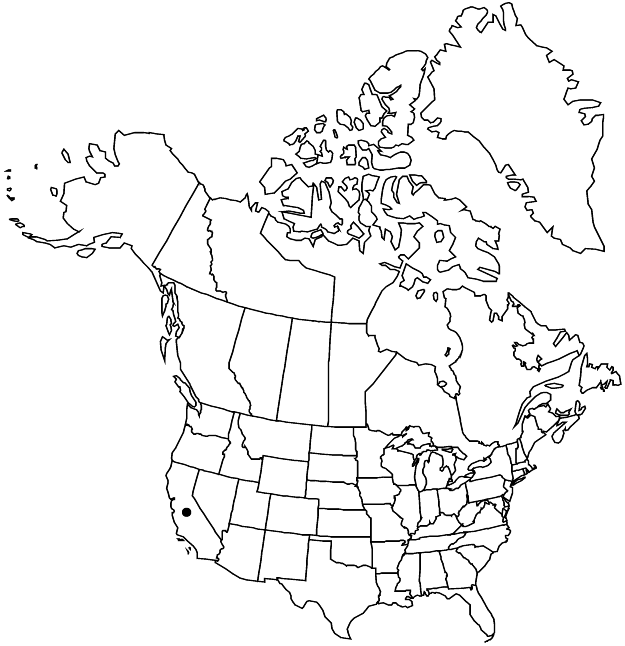Limonium perezii
Rhodora 18: 158. 1916.
Leaves all in basal rosettes, living at anthesis, to 30 cm; petiole winged distally, to 18 cm, usually exceeding blade; blade round to broadly ovate or subcordate, to 15 × 9 cm, leathery, base subtruncate (abruptly narrowed) and then decurrent, margins entire, apex cuspidate, cusp to 5 mm, soon falling; main lateral-veins pinnate. Inflorescences: axes not winged, to 100 cm × 7 mm, glabrous to puberulent (hairs ca. 0.1 mm); nonflowering branches absent; spikelets moderately to densely aggregated at tips of branches, internodes mostly 2–4 mm; subtending bracts 3–6 mm, acute or aristate (outer) to truncate (inner), ciliate or fimbriate at margins, surfaces glabrous or minutely appressed-pubescent; flowers 1–2 per spikelet. Flowers: calyx blue-purple in distal 1/2, with reddish-brown, glabrous ribs, funnelform; tube ca. 5 mm, minutely pubescent along proximal end of ribs (hairs less than 0.1 mm); lobes spreading, ca. 5 mm (5 main lobes with shallower lobes between larger lobes), or lobes indistinct and calyx appearing erose or irregularly lobed at mouth; petals whitish, barely exceeding calyx. Utricles 4–5 mm. 2n = 14.
Phenology: Flowering Mar–Sep.
Habitat: Disturbed coastal areas, cliffs, sand dunes, roadsides (where it is sometimes planted)
Elevation: 0-100 m
Distribution

Introduced; Calif., Atlantic Islands (Canary Islands)
Discussion
Selected References
None.